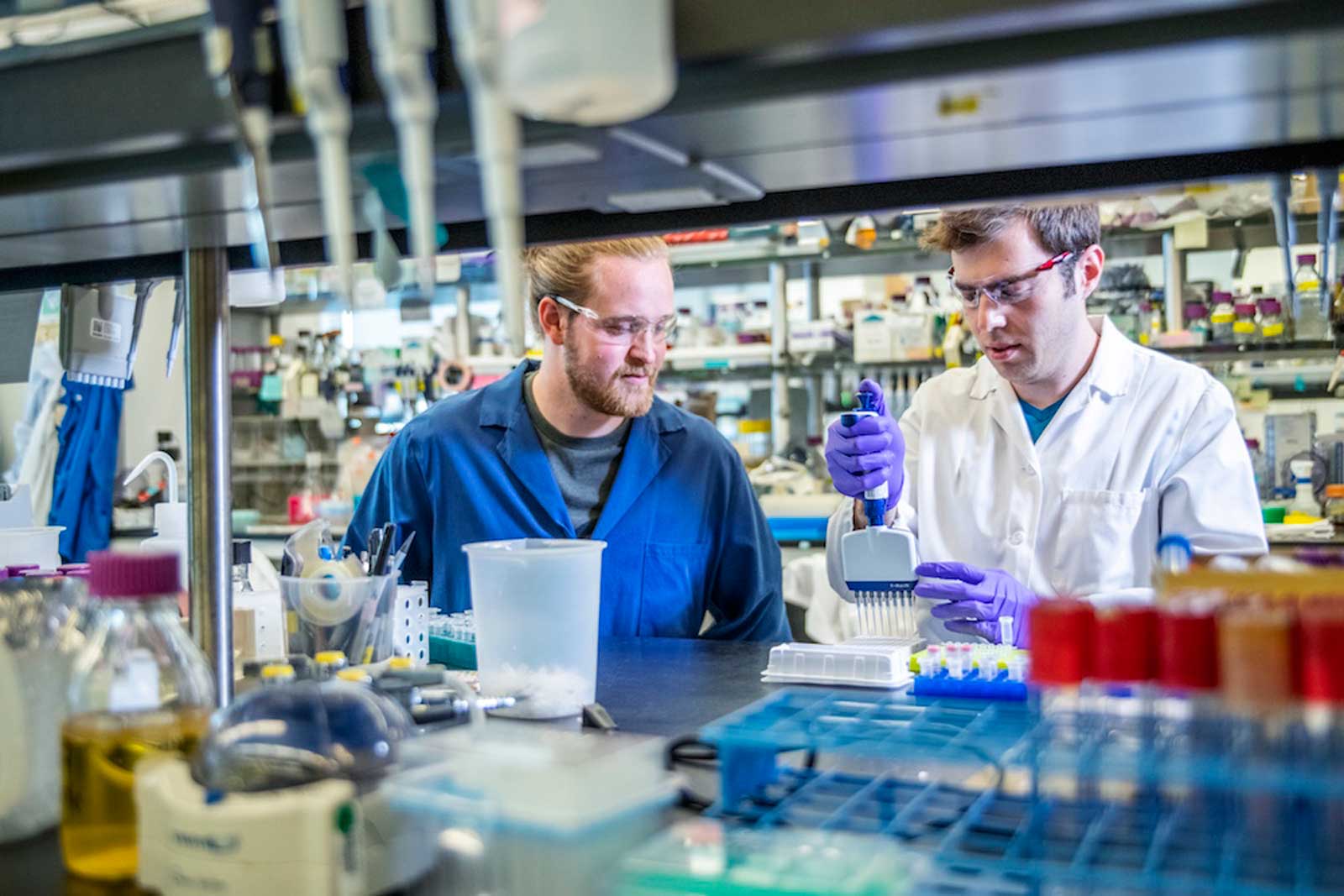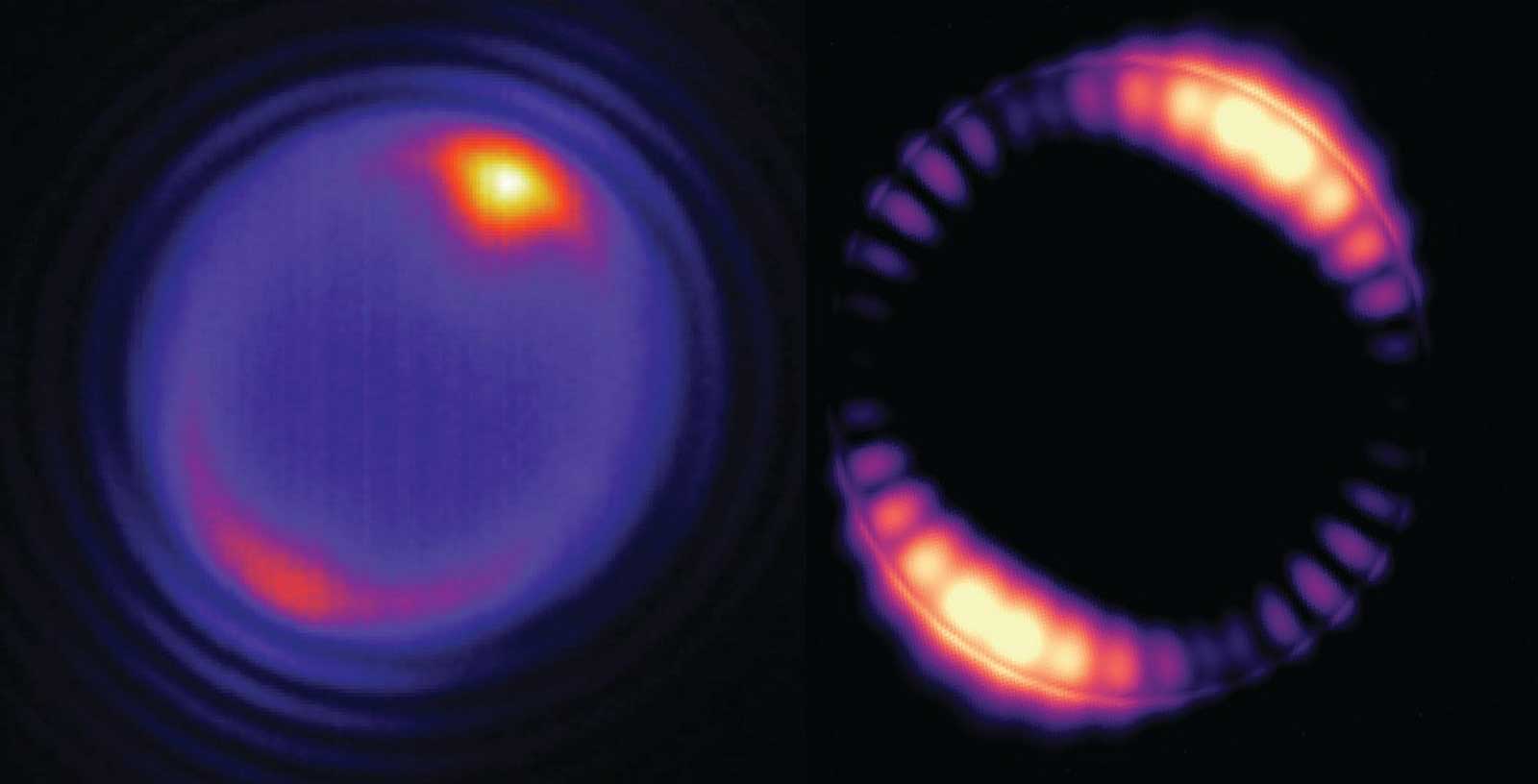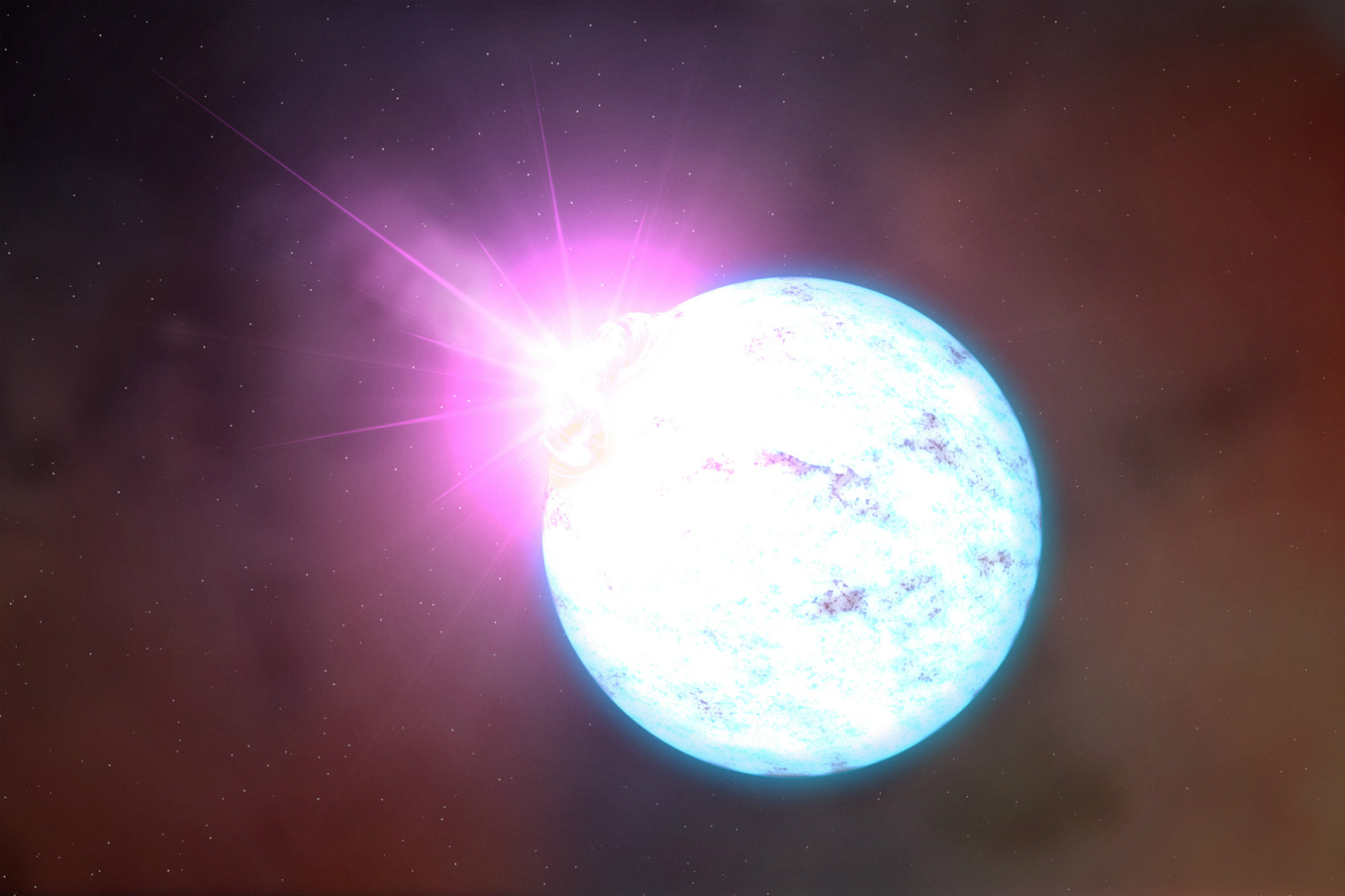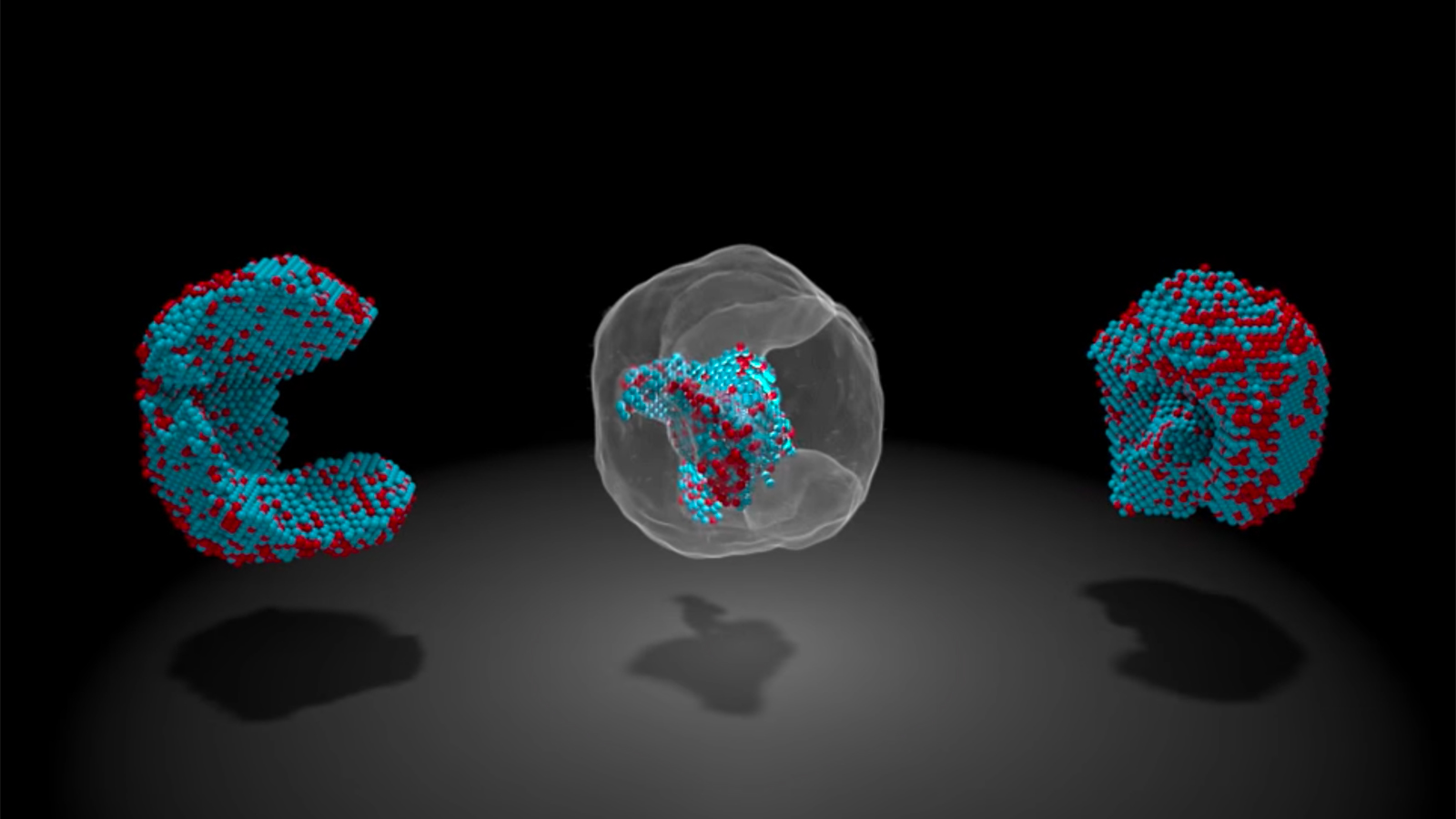
Harnessing the power of the sun is a tricky business, but even the past few weeks have seen some interesting developments in the field. In this latest installment, researchers from the Lawrence Berkeley National Laboratory and the University of California have figured out a way of making solar cells from any semiconductor, potentially reducing the cost of their production. You see, efficient solar cells require semiconductors to be chemically modified for the current they produce to flow in one direction. The process uses expensive materials and only works with a few types of semiconductors, but the team's looking at using ones which aren't normally suitable -- the magic is to apply an electrical field to them. This field requires energy, but what's consumed is said to be a tiny fraction of what the cell's capable of producing when active, and it means chemical modification isn't needed.
The concept of using a field to standardize the flow of juice isn't a new one, but the team's work on the geometrical structure of the cells has made it a reality, with a couple of working prototypes to satisfy the skeptics. More of these are on the way, as their focus has shifted to which semiconductors can offer the best efficiency at the lowest cost. And when the researchers have answered that question, there's nothing left to do but get cracking on commercial production. For the full scientific explanation, hit up the links below.
Filed under: Science
Researchers make unsuitable parts work as solar cells, could lead to cheaper panels originally appeared on Engadget on Sat, 11 Aug 2012 11:34:00 EDT. Please see our terms for use of feeds.
Permalink  Ars Technica, ScienceDaily
Ars Technica, ScienceDaily |
 Nano Letters
Nano Letters |
Email this |
Comments
 For all of the advancements in genetic research, DNA synthesis hasn't changed much in over four decades. That could make it a serious obstacle to scientists who are otherwise racing to develop a new drug or understand the human body. It might final...
For all of the advancements in genetic research, DNA synthesis hasn't changed much in over four decades. That could make it a serious obstacle to scientists who are otherwise racing to develop a new drug or understand the human body. It might final...
 For all of the advancements in genetic research, DNA synthesis hasn't changed much in over four decades. That could make it a serious obstacle to scientists who are otherwise racing to develop a new drug or understand the human body. It might final...
For all of the advancements in genetic research, DNA synthesis hasn't changed much in over four decades. That could make it a serious obstacle to scientists who are otherwise racing to develop a new drug or understand the human body. It might final...
 Scientists have spent years creating ever-smaller lasers. Berkeley Lab's latest invention, however, is something special -- and could lead to a significant change in medicine. An international team at the school has developed "microlasers" that are s...
Scientists have spent years creating ever-smaller lasers. Berkeley Lab's latest invention, however, is something special -- and could lead to a significant change in medicine. An international team at the school has developed "microlasers" that are s...
 Mixed reality company Magic Leap is cagey with its tech, to say the least. However, it recently released a research paper in conjunction with Berkeley Lab that some hints on what it's doing. The team developed new materials that can take in light fro...
Mixed reality company Magic Leap is cagey with its tech, to say the least. However, it recently released a research paper in conjunction with Berkeley Lab that some hints on what it's doing. The team developed new materials that can take in light fro...
 Now that they're spotting gravitational waves more often, scientists are expanding their search for cosmic events. Specifically, they're using new computer models to depict the cataclysmic collision that occurs when a black hole joins a neutron star...
Now that they're spotting gravitational waves more often, scientists are expanding their search for cosmic events. Specifically, they're using new computer models to depict the cataclysmic collision that occurs when a black hole joins a neutron star...
 Even the smallest defects can create serious problems. It's a good thing, then, that researchers have found a way to map nanoparticles at an "unprecedented" level of detail -- they've located the 3D positions of all 23,000 atoms in an iron-platinum...
Even the smallest defects can create serious problems. It's a good thing, then, that researchers have found a way to map nanoparticles at an "unprecedented" level of detail -- they've located the 3D positions of all 23,000 atoms in an iron-platinum...



